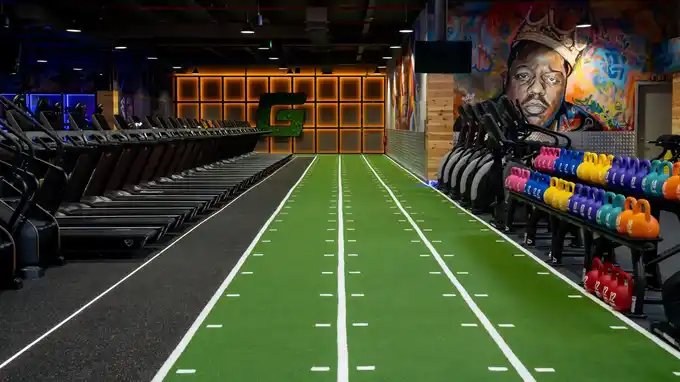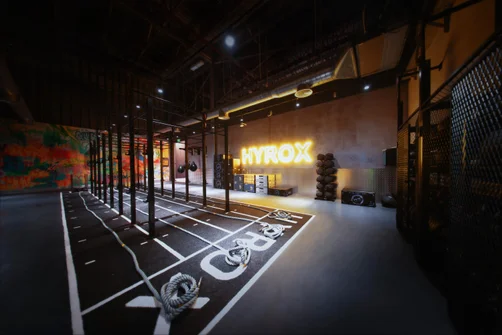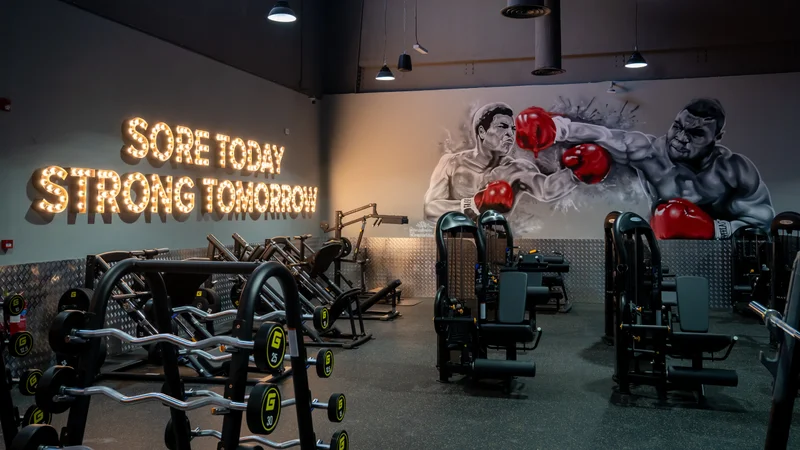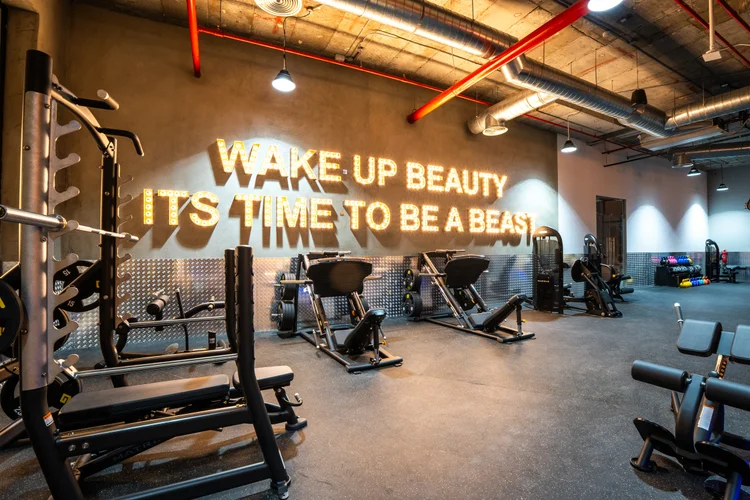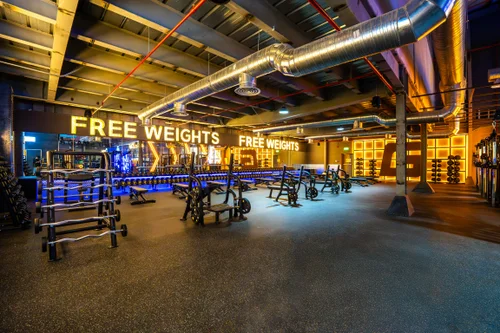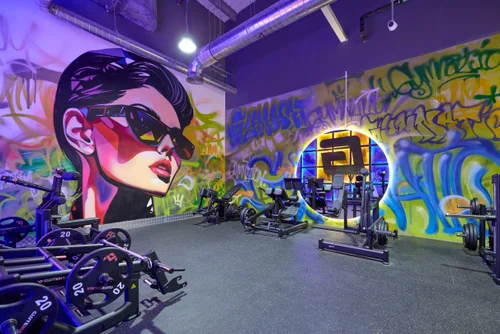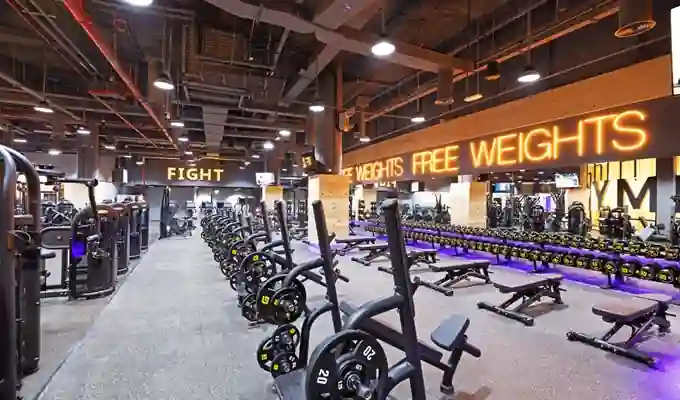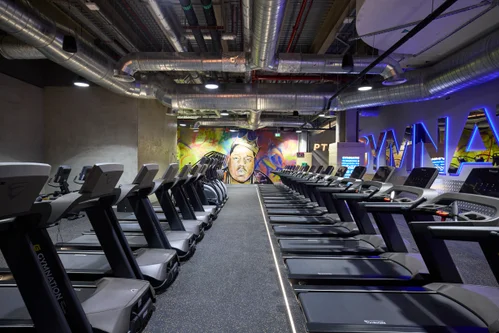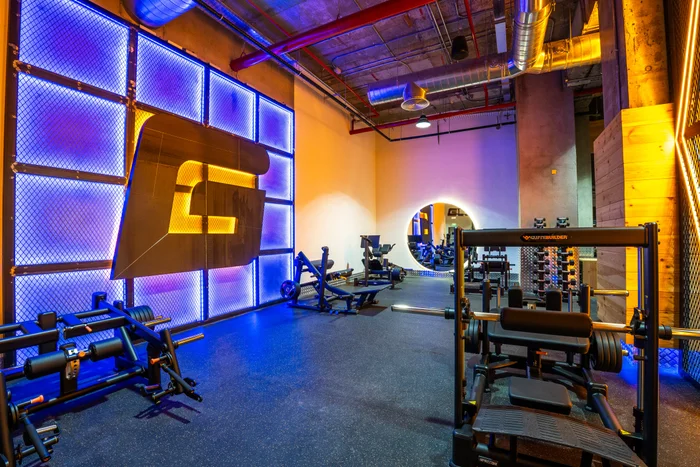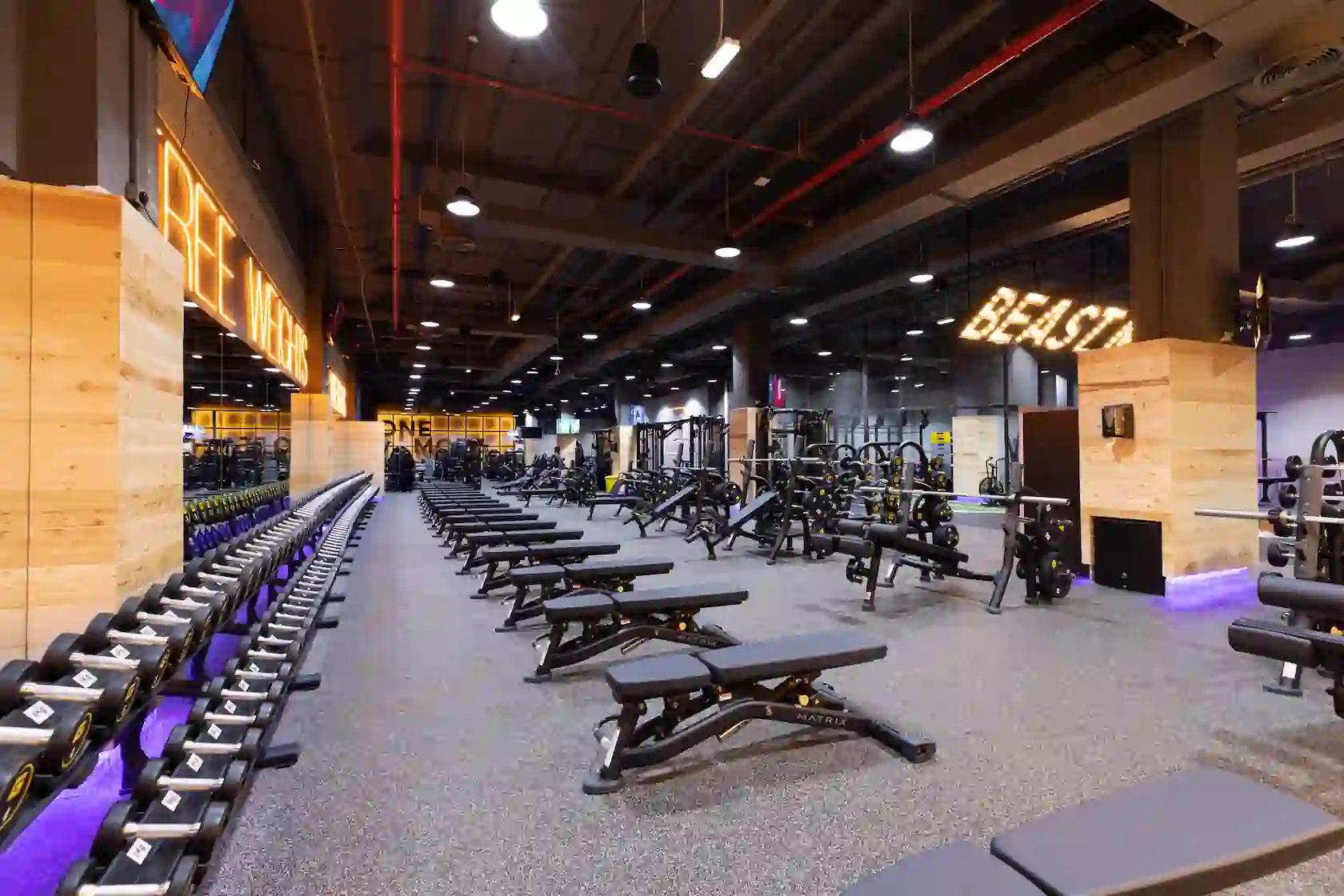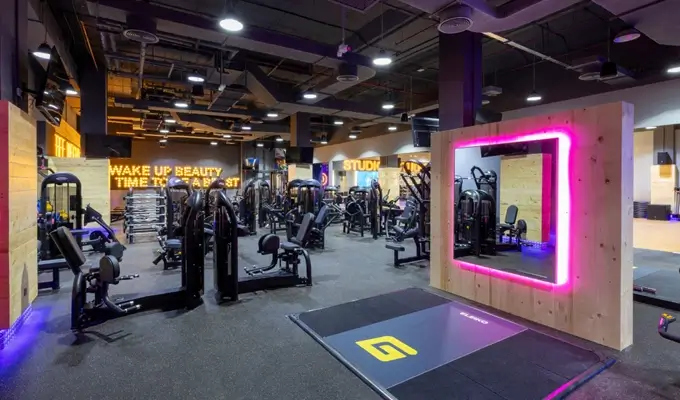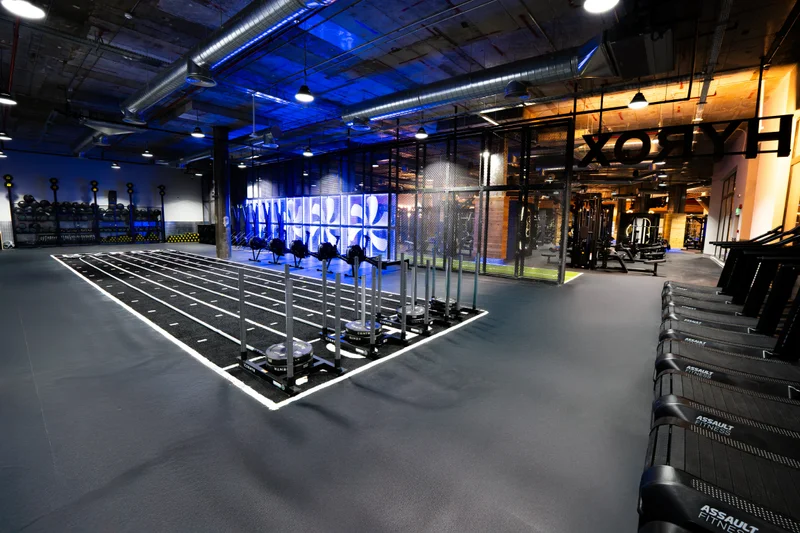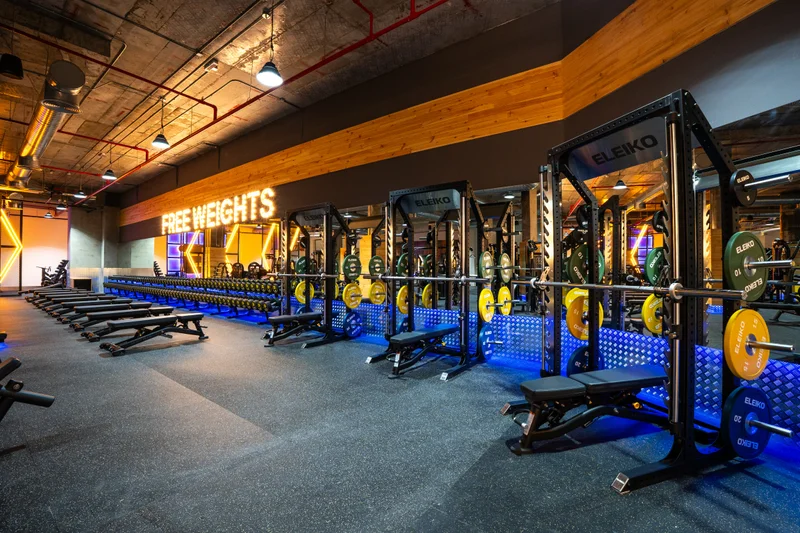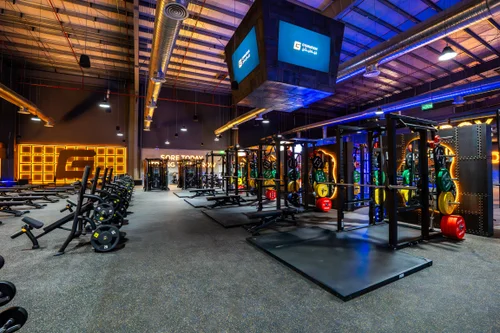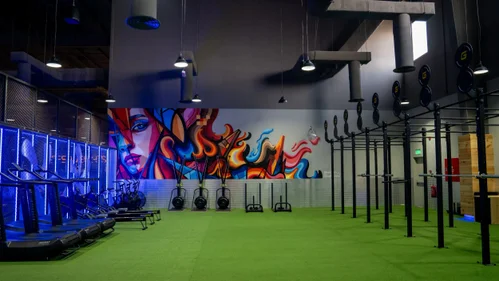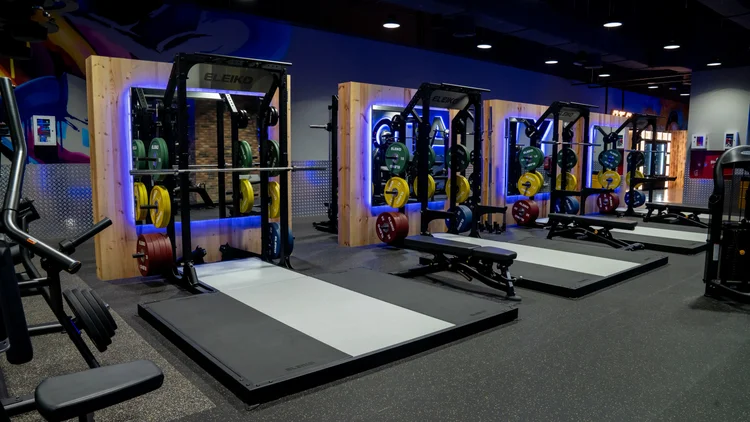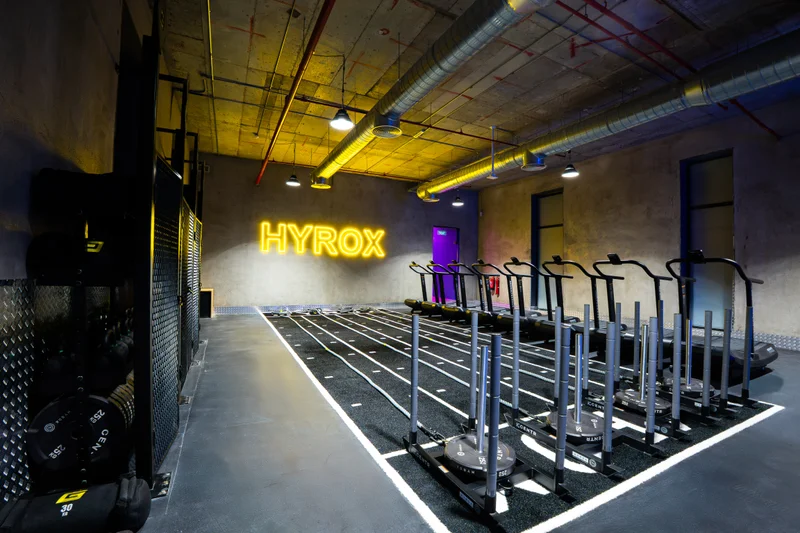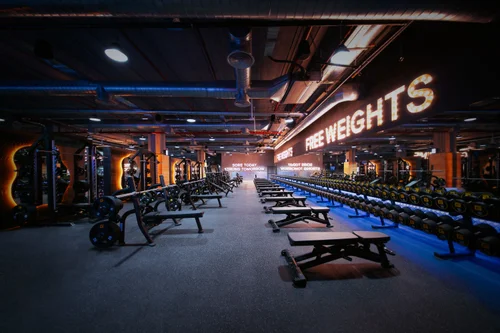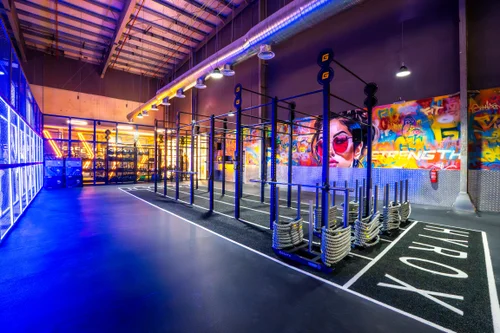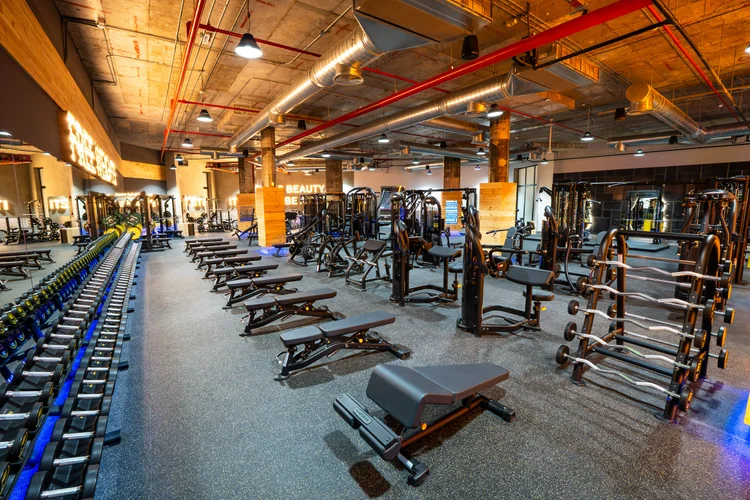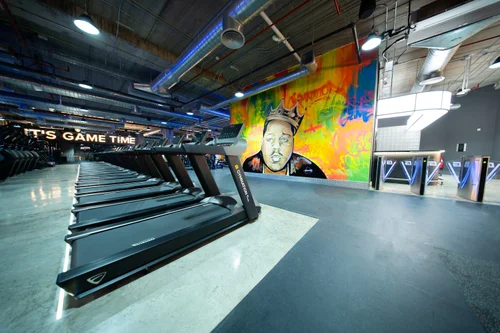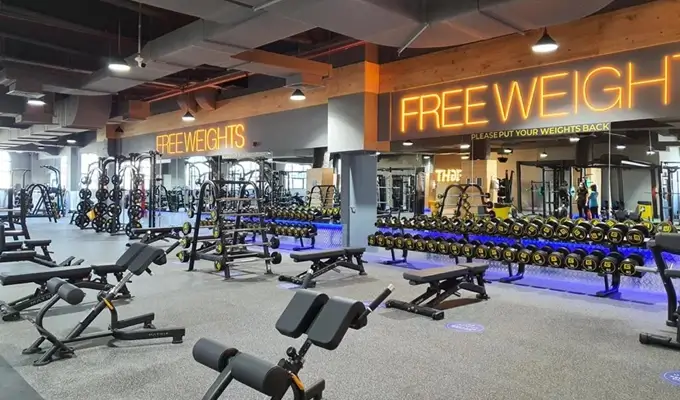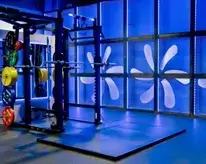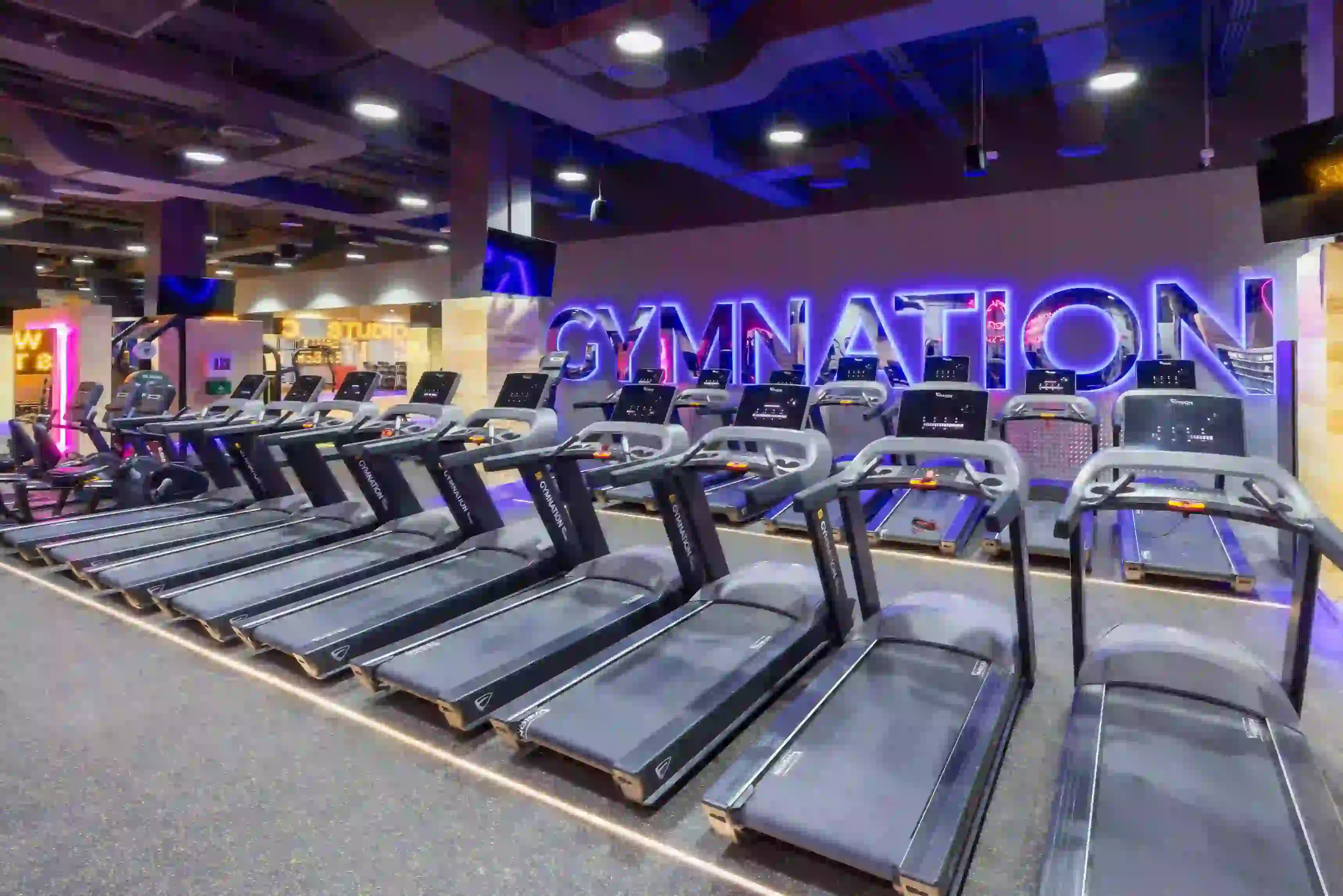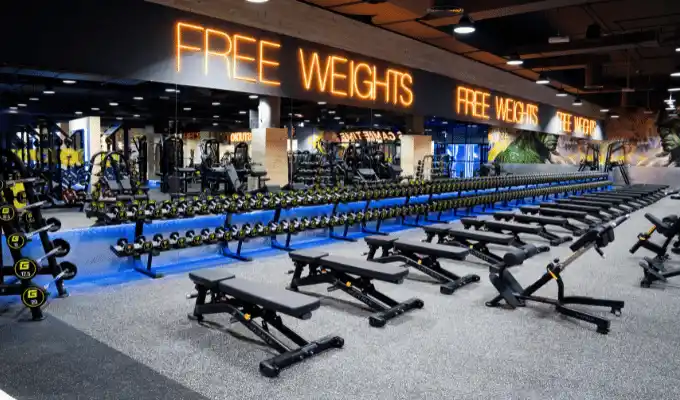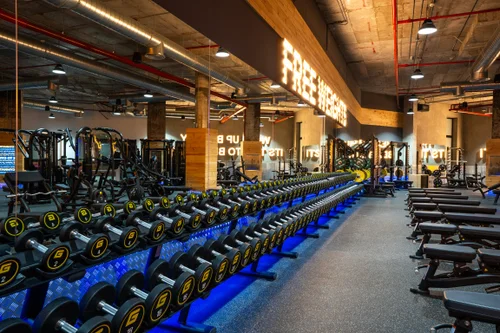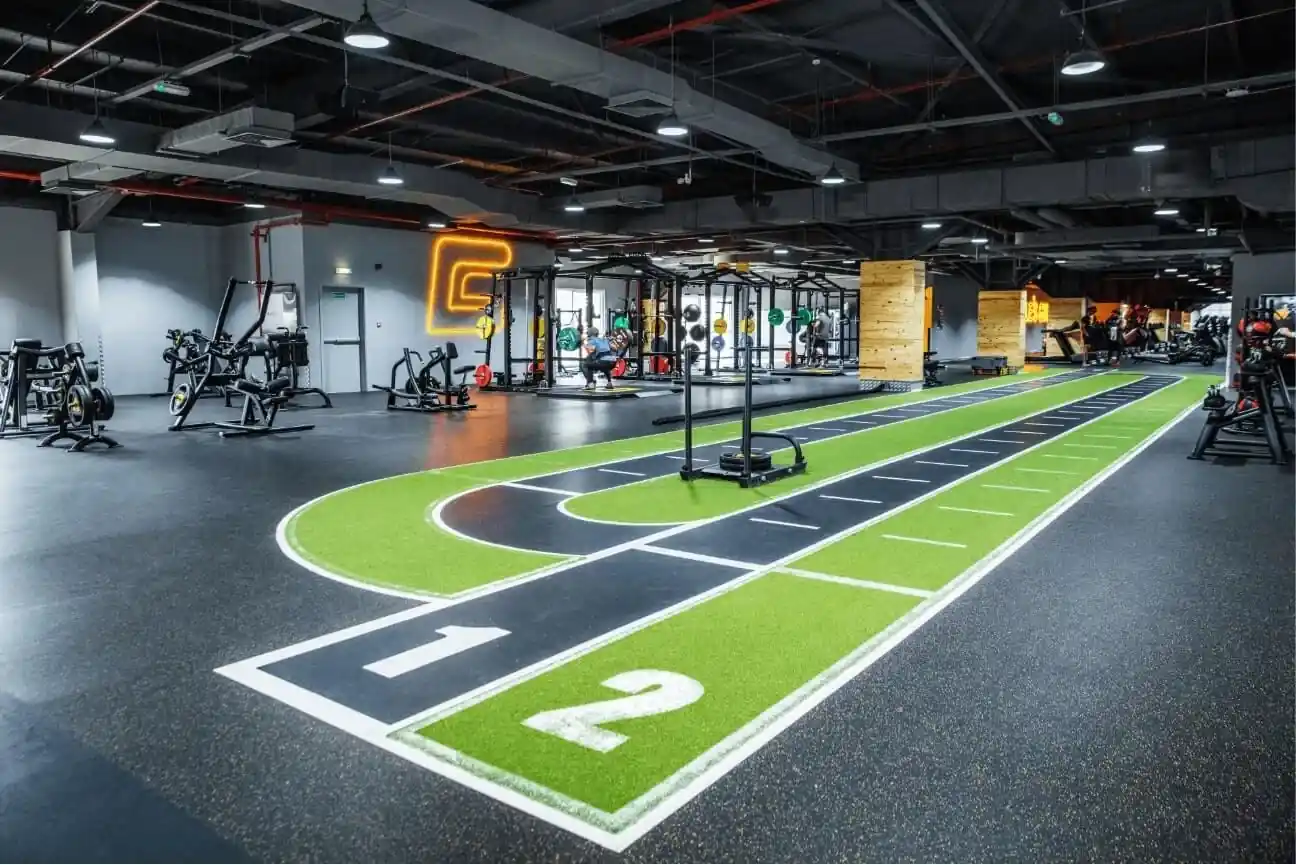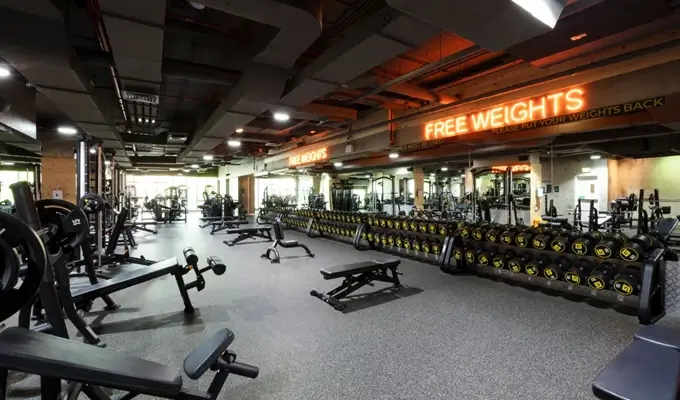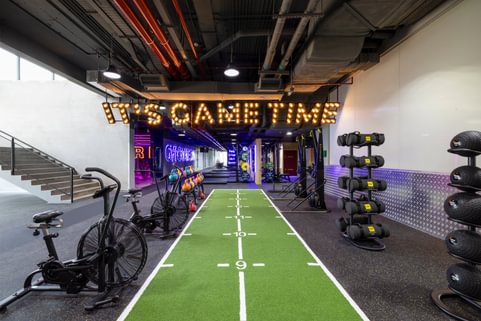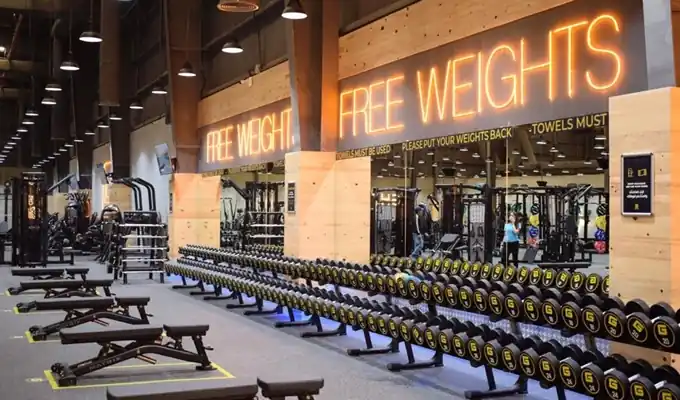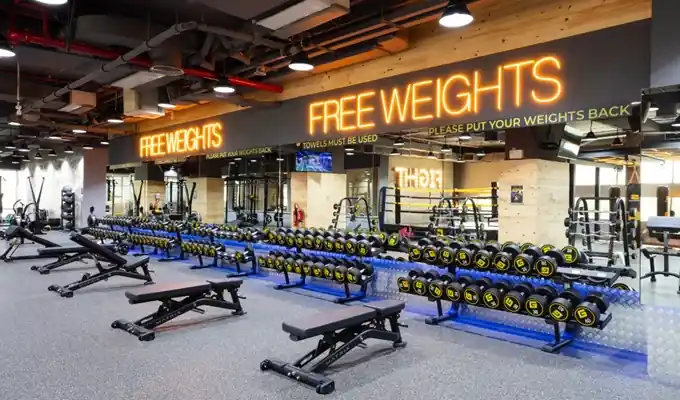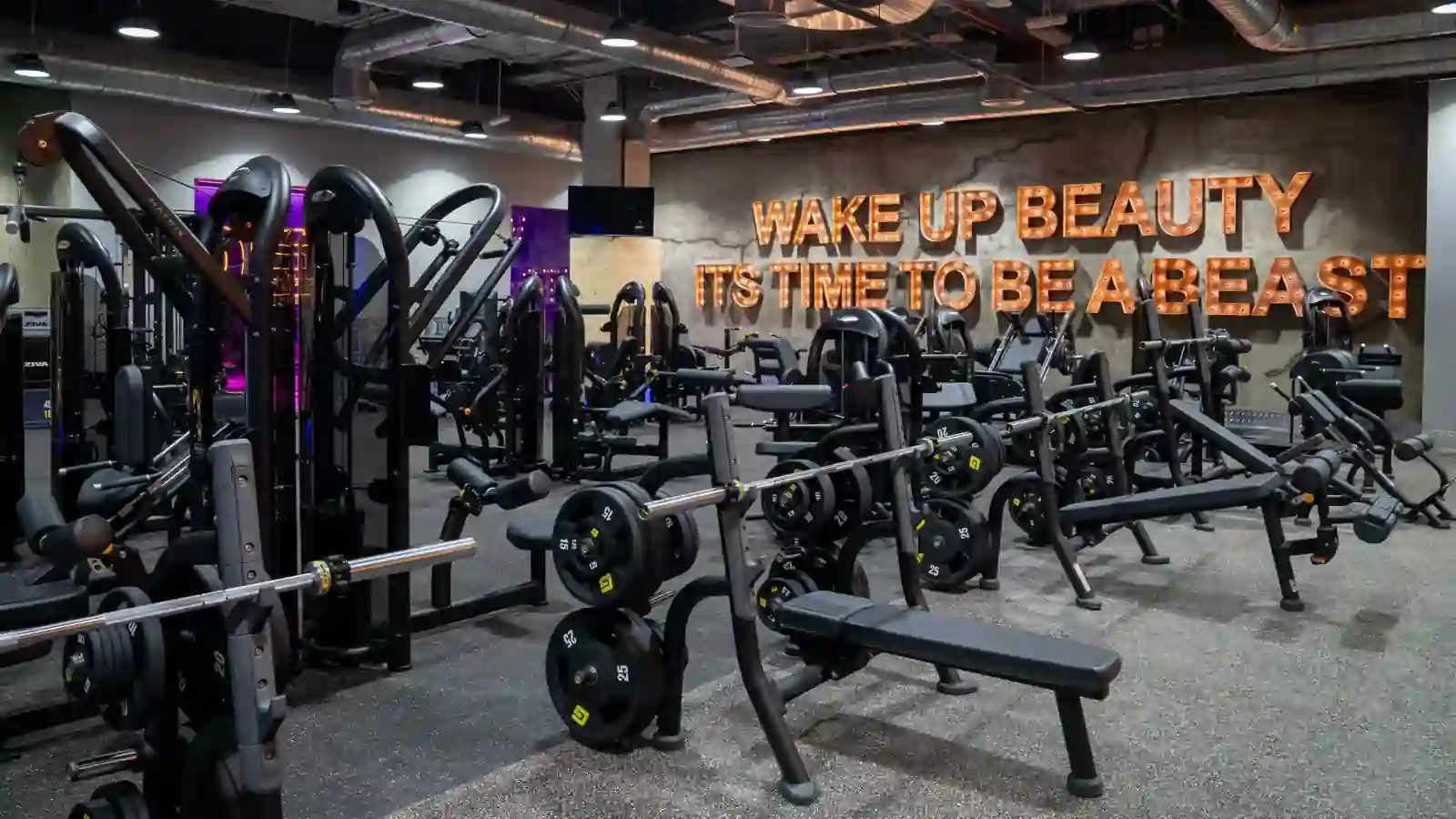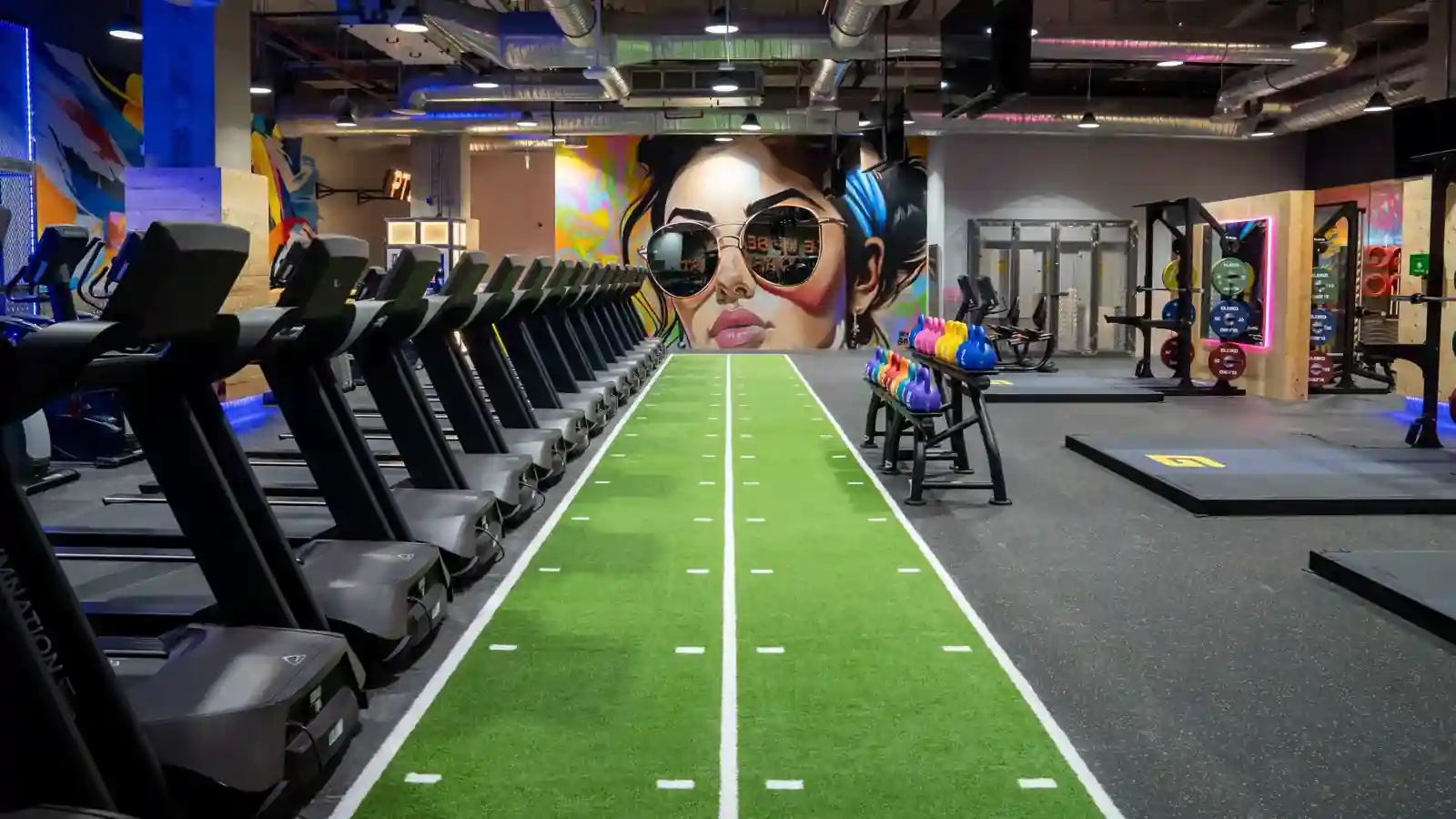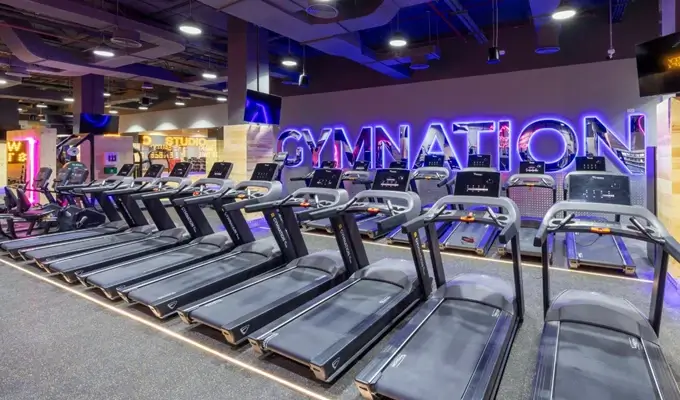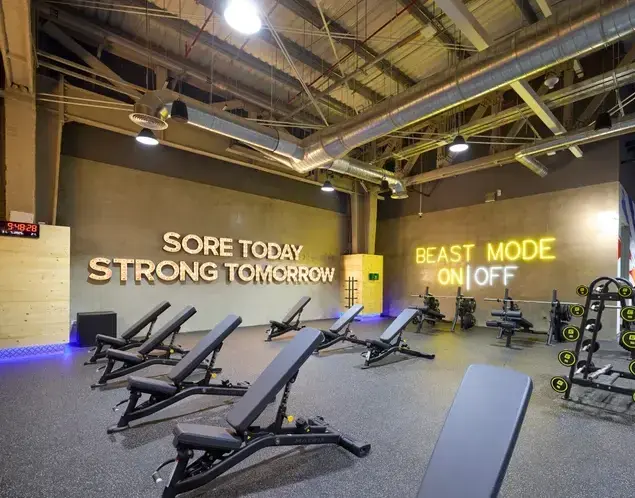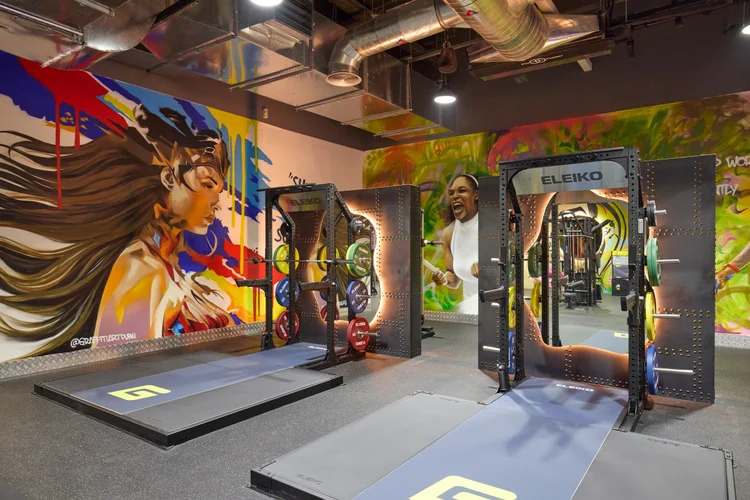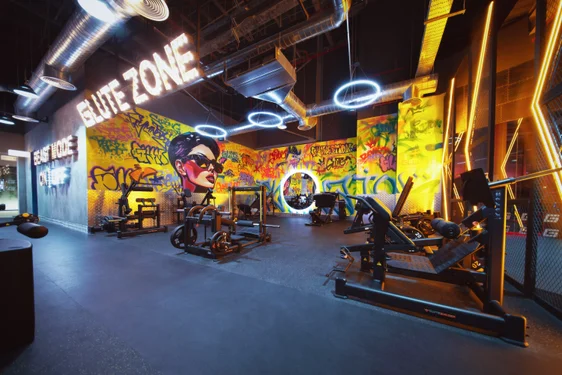Breaking the Pull-Up Plateau: 3 Tips to Get Stronger

SIGN UP FOR YOUR FREE DAY PASS TODAY!
For years, I had one specific strength goal: to complete a set of 10 strict-form pull-ups. As a regular runner but only an occasional lifter, I found this goal challenging.
Strict pull-ups—using an overhand grip, pulling your chin above the bar, and returning to a full "dead hang"—are a great measure of relative strength.
What's your go-to workout time?
Unfortunately, life and marathon training kept getting in the way. I would make progress, get to six or seven reps, hit a plateau, and then lose all my gains when I shifted focus back to running.
This time, however, was different. Without a major endurance race on the calendar, I was able to stick with my goal.
GET HYROX RACE READY AT GYMNATION
I focused on research-backed tips and finally pushed past my plateau to hit those 10 reps. After years of trying, it was a huge moment of personal victory.
Here are the three science-backed tricks that worked for me and can help you break through your own pull-up plateau.
1. Lower Reps, More Sets
One of the biggest changes I made was to train more like a powerlifter than a bodybuilder. Research from the City University of New York found that low repetitions (1-5 reps per set) are better for building pure strength, while higher reps focus on muscle size and endurance.
Since my goal was to get stronger, I stopped trying to max out my reps on every set. Instead of doing three sets of as many reps as possible, I switched to five sets of just four reps.
This allowed my muscles more time to rest between efforts, which meant I could complete more high-quality pull-ups in total during a session.
Over time, I increased those four reps to five, and then six, completing 30 total reps in a workout.
BREATHING YOGA CLASSES AT GYMNATION
2. Use Resistance Bands
A major difficulty with pull-ups is that you can't easily adjust the weight—you're always lifting your full body weight. This makes it hard to practice if you can't yet complete a full rep.
The solution is to use a resistance band. By looping a band around the bar and placing your feet or knees in it, you can reduce the amount of weight you have to lift.
When I couldn't complete my target reps for a set, I would use a band to finish the remaining reps. This allowed me to complete my planned workout volume for the day.
This approach provides benefits similar to using an assisted pull-up machine, helping you build the necessary strength over time.
VINYASA YOGA CLASSES AT GYMNATION
3. Take Longer Rests
Powerlifters are known for taking long rest periods between sets, and there's a good reason for it. Longer rests allow your muscles to recover more fully, enabling you to perform each set with maximum strength and power.
Pull-ups engage multiple muscle groups in your back, arms, and core. If one of these groups fatigues faster than the others, it can prevent you from finishing a set.
Research has shown that longer rest periods allow for more total repetitions across multiple sets.
I increased my rest time between sets from one minute to two-and-a-half minutes, and my results improved dramatically.
While it meant spending more time on a single exercise, the payoff was well worth it.
Source: techradar
The opinions shared in the GymNation blog articles are solely those of the respective authors and may not represent the perspectives of GymNation or any member of the GymNation team.
Frequently Asked Questions
How can you overcome a strength plateau?
GET YOUR FREE TRIAL TODAY




















